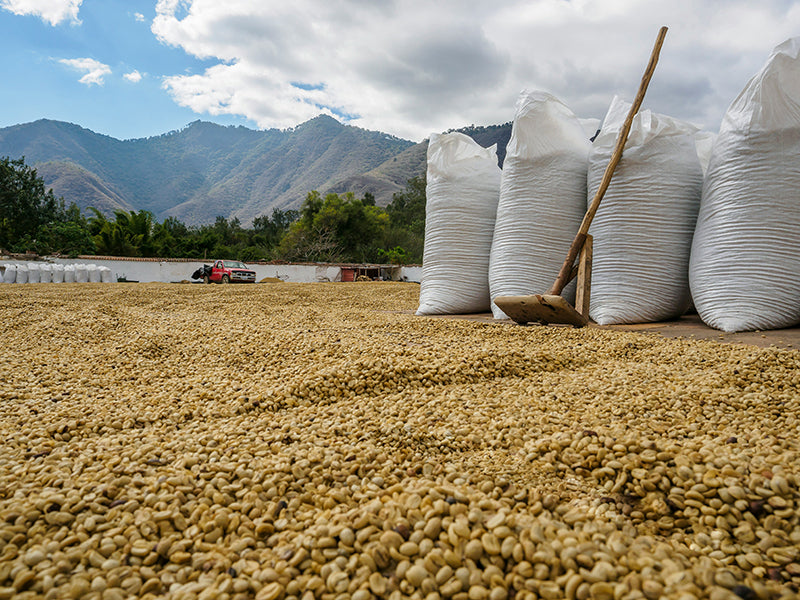
Natural vs. Washed: How Coffee Processing Shapes Your Cup
Share
Ever wonder why one coffee tastes bright and fruity while another is smooth and clean—even if they’re from the same region? The answer often comes down to how the coffee is processed after it’s picked. At Soul Caffeine, we’re passionate about helping you understand what goes into every cup, and today we’re diving into two of the most common coffee processing methods: natural and washed.
Natural (Dry) Processed Coffee
In the natural process, coffee cherries are picked and laid out to dry with the fruit still on the bean. As they dry in the sun, the sugars and fruit flavors soak into the bean, creating a bold, complex cup. Naturals often have tasting notes like berry, tropical fruit, or even wine—making them exciting and vibrant. However, because this method is more exposed to the elements, it’s also more unpredictable, and can result in a “wild” flavor profile.
Drink this if you love: juicy, fruit-forward coffees with a bit of adventure.
Washed (Wet) Processed Coffee
Washed coffees take a different route. The fruit is removed from the bean shortly after harvest, and the beans are then washed and fermented to remove any remaining pulp. This process brings out the clarity and purity of the bean itself, often resulting in a cleaner, brighter cup with notes like citrus, floral, or chocolate.
Drink this if you love: smooth, crisp coffees with balanced acidity and refined flavor.
So, which is better?
There’s no right or wrong—just what fits your taste. Some of our customers love the wild, fruity explosion of a naturally processed Ethiopian, while others prefer the clean elegance of a washed Colombian roast. And some switch it up depending on their mood (or the weather).
Next time you visit Soul Caffeine in Daphne, Spanish Fort, or Mobile, ask us about the processing method behind your favorite brew. You might discover a whole new way to enjoy your daily cup.
Your coffee journey is personal—and we’re here to help you explore every step of it, one sip at a time.
